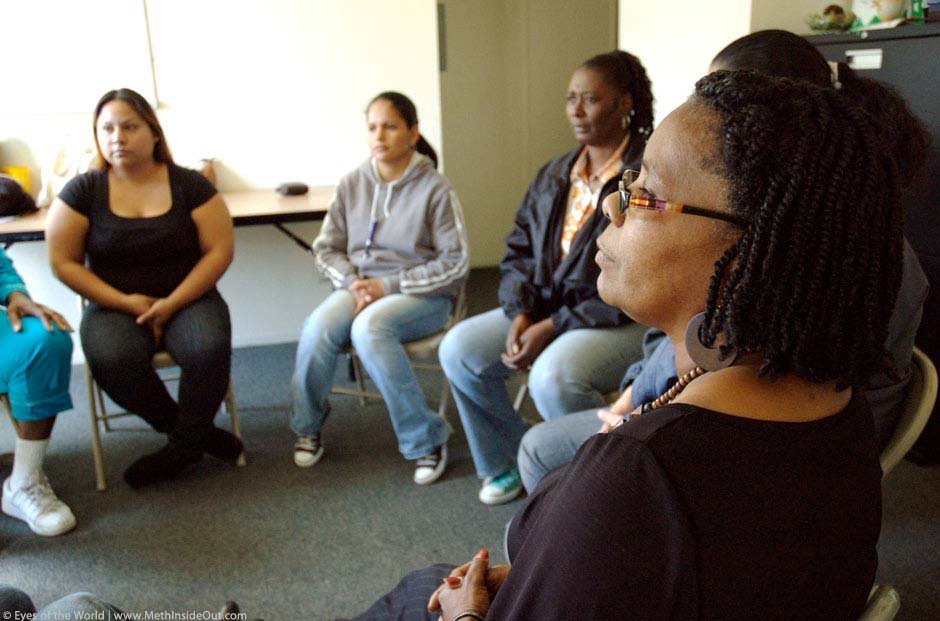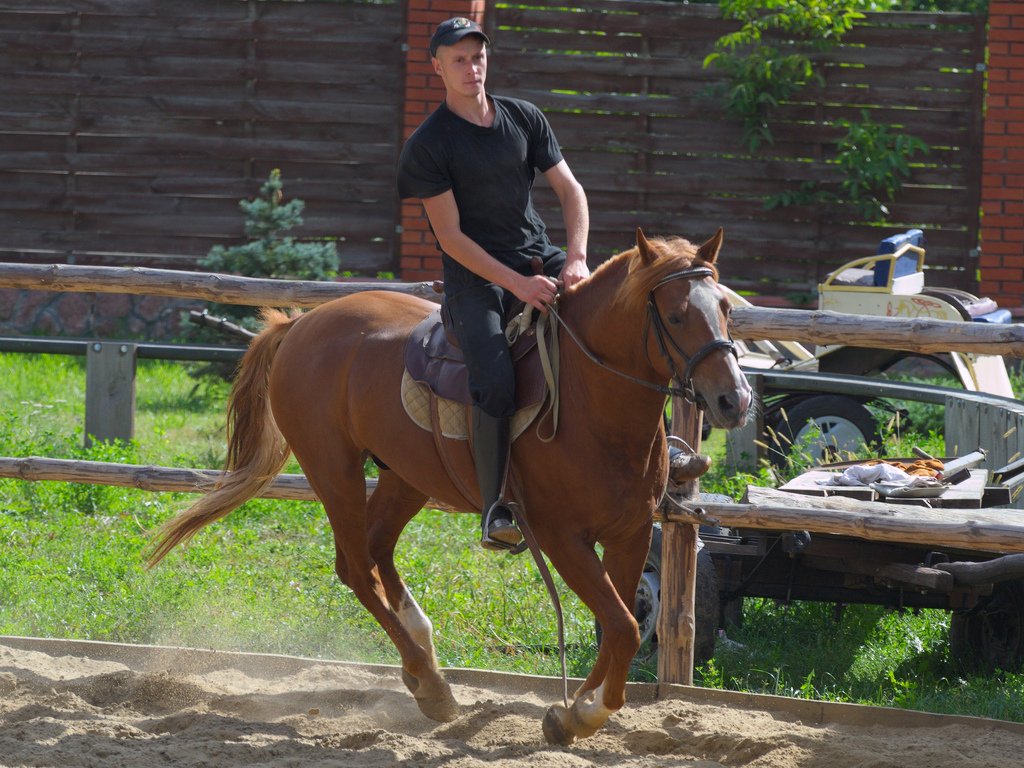
Feature Image: Mike Prince
There are several different types of rehab programs to choose from and it’s important to take the time to find the best one for your teen’s unique needs.
Inpatient Treatment

An inpatient facility provides housing for the patient while they undergo treatment. It’s a live-in facility where patients attend programs, counseling, meetings, meals and doctor’s appointments all in the same building or complex.
Outpatient Treatment
Outpatient programs offer more flexibility to patients as they are allowed to live at home (with a parent or guardian if they are under 18) during their treatment. Patients will attend meetings, counseling and programs at a facility but do not live there.
Counseling
Photo by family-counseling.org
Counseling is one of the most common and popular forms of treatment. It is offered at inpatient and outpatient facilities, as well as community centers and organizations. During counseling, the patient works with a counselor to overcome fears and anxieties through private discussions.
Music Therapy
Music therapy helps patients recover through music—either by playing an instrument, singing or listening. Music is a form of expression and a great alternative for patients who have difficulty expressing themselves in counseling or other traditional forms of therapy.
Art Therapy
Art therapy is a way for patients to express their feelings and thoughts in a creative, visual way. Administered by a counselor or art therapist, patients are encouraged to explore their capacity for art, which will in turn enhance their physical, emotional and mental well-being.
Equine Therapy
Equine therapy uses horses and horse riding to help a patient develop patience, responsibility, understanding, and caring and nurturing behaviors. The presence of the horse is in itself a source of calm for the patient, and therapists use mirroring techniques that involve the horse reflecting the patient’s behaviors (good and bad).







